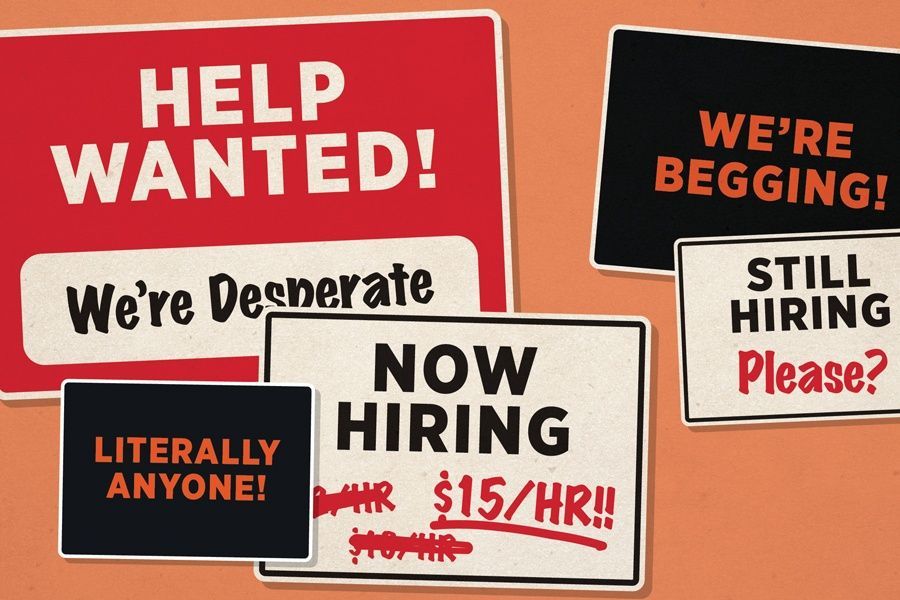
Several months ago I was introduced to a game that I could play on my I Phone called Candy crush. Quickly I found myself enjoying it a lot.
Then December 2, 2013 Time Magazine arrived and I read with fascination an article titled, Architects of Addiction: The Ruthless Engineering Behind Popular Mobile Game Candy Crush.
As I read the article it explained why the game is so successful. Candy Crush takes advantage of human psychology. Frist, the game makes you pace yourself so you don’t burn out straightaway. There is a surplus of relentless positive feedback. Encouragements like “sweet” and “delicious” pop up. “Positive rewards are the main reason people become addicted to things,” says Dr Kimberly Young, a psychologist and expert in Internet and gaming addiction. Tommy Palm, the chief architect of Candy Crush, says the game also alternates between difficult and easy levels to balance player’s frustration with a sense of mastery.
So what does this have to do with those of use who work in and leader human service endeavors?
First, what we know about our growing direct service staff is they come from generation Y. I have be teaching senior Baby Boomer Leaders for the last 4 years about how they need to change our organizational practices to better recruit and retain this vital generation we need to deliver our services.
I regularly hear from Baby Boomer organizational leaders that this younger generation of workers wants clear expectations of what they need to do to get the top score on performance reviews and supervisors who regularly meet, coach and praise them. They tell me this generation Y workers want praise, positive feedback and positive focused help. They do not accept being ignored, not listened to and negative threats.
If our responsibility as organizational leaders is to deliver human services then we must be willing to change our business model and once willing, become able to operate in a way that attracts and retains our workforce. Candy Crush tells us how we need to begin than organizational transformation.
- Communicate with staff that our purpose/goal as the organizational leaders is to help our direct service staff “win” = succeed.
Direct service staff needs to hear and experience their immediate supervisor and the agency’s leaders as positive supportive coaches who give regular positive feedback
They need to clearly need to know what they to do to “win.”
This means traditional job descriptions with long lists of items need to be replaced with clear statements of what the employee needs to do (how they need to behave) to “Win”.
The language uses and what goes in that job description is about behaviors that lead to success.
We have all been to school. When I was a school principal what I told me teachers was.
To be a successful “A” teacher you need to be willing and become able to do the following always:
- Maintains students in the classroom
- Individualize instruction so all students experience consistent success within the curriculum
- Helps students learn as measured by the state tests
- Resolves student and parent issues
- Functions within the policies and procedures as outlined in employee guide to success (employee handbook)
If you think about these 5 behaviors, if all teachers were willing and able to do them always we would have A performing schools.
- When employees are doing what we want them to do, as their supervisors we should be regularly giving them praise for doing their job successfully. Baby Boomers again say to me, they get a paycheck, why should I have to give them praise for doing their job? Because its what they want/ need to keep doing the work we ask of them (staff retention).
What I have found over the decades I have worked with organizations, is supervisors regularly tell me they are so busy putting out fires and going to meetings that they don’t have time to give regular praise to their supervisees.
What this message tells me is the organization’s leadership doesn’t understand what the job of a supervisor is. The first responsibilities of every supervisor at every level of an organization, both service delivery and administrative support are to:
- Provide through regular success focused supervision the knowledge, skills and tools supervisees need to be consistently successful in their job.
- Provide success focused coaching and positive reinforcement of performance to help employees sustain success.
When the leaders and supervisors are trained to use a success focused supervision practice model and are held accountable for using that model what we will get is a workforce that feels they are important, that they are cared for, that the agency is invested in their success and that the organization is all about helping all of its employees become “A” performers.
The other way organizations need to modify its practices to recruit and retain our direct service workers is we need to eliminate negative de-motivators from our organizational practices. For example, most organizations use a “threat of punishment” model they think motivates employees. For 98% of our employees the presence of a progressive discipline model for termination with its required improvement plans or corrective actions or written warnings approach is not only unnecessary for Gen Y workers presents a hostile work environment.
For Gen Y if where they come to work is
- Negative rather than positive
- They don’t have clear statements of what they need to do to get an “A” which is to succeed
- They don’t get regular positive coaching
- They don’t get regular positive reinforcement for doing their jobs
They will disengage and leave and that is not the outcome we want as organizational leaders. A Baby Boomer recently told me, these young workers just needs to learn the realities of the work place. My response was (1) that’s why your agency is having a 25% annual turn over of line staff and (2) that is why you will not successfully achieve the results your purchasers want.
The responsibility to change rests with the organization’s leadership. As we change how we run our agencies to best meet the needs of our workforce, they will become a more successful workforce.
Gretchen Speitzer and Christine Porath, “Creating Sustainable Performance”, HBR, January-February 2012, page 92 reports:
What makes for sustainable individual and organizational performance? Employees who are thriving – not just satisfied and productive but also engaged in creating the future.
The authors found that people who fit this description demonstrated 16% better overall performance, 125% less burnout, 32% more commitment to the organization and 46% more job satisfaction than their peers.
Thriving has two components: vitality, or the sense of being alive and excited and learning or the growth that comes from learning knowledge and skills. Some people naturally build vitality and learning into their jobs, but most employees are influenced by their work environment.
Four mechanisms, none of which requires heroic effort or major resources create the conditions for thriving and boosts performance in a sustainable way:
1. Providing decision making discretion, sharing information about the organization and its strategy (organizational transparency)
2. Minimizing incivility and maximizing employee respect
3. Offering ongoing performance feedback
4. Helping people grow and remain energized at work
John Maxwell, in his book, Developing the Leader Within You, reports:
For 23 years I have been responsible for developing people. I have yet to find a person who did not do a better work and put forth greater effort under a spirit of approval then under a spirit of criticism.
People want to feel important.
People are not motivated by organizational charts, they respond to people.
People do not care how much you know till they know how much you care.
What motivates people:
- They feel they are making a positive contribution
- They are part of goal setting; they give input
- They are positively motivated
- They receive recognition for their efforts and contributions
- They have clear expectations
I could continue to give you thousands of pages of studies and finding all of which come to the same conclusion; If employees know how to win, are able to win and are regularly praised for progressive and doing what they need to do to win, they will be more likely to stay and succeed.
As the organization’s leaders, this is your responsibility – to recruit and retain a staff that successfully achieves results.
If you are willing to change long standing organizational practices to research based practices that will achieve the results you are seeking,
then I recommend you begin by training staff in Supervision fro Success and then implement it as organizational practice. Over the past decade I have trained thousands in Supervision fro Success but can only count a handful of agencies that actually implemented it as organizational practice from the senior level down and also made the institutional practiced required to maximize its success.
For information on “Supervision for Success” training and advanced implementation courses go to my website: jeffbormasterconsulting.com and click on “Catalog” button on top of page.
Like Candy Crush, what we want to do is define how to win, reward progress towards winning on a regular basis and retain our staff (keep Candy Crush players playing).
If you are ready to build a winning organization, lets take a lesson from Candy Crush and build a winning game (plan) for your agency.
LEADING FROM OUTSIDE THE BOX is a monthly newsletter for human services leaders.
Its purpose is to challenge your thinking and help you improve organizational and outcome performance.
To receive your copy free, simply email Jeff Bormaster and ask to be added to the mailing list. Feel free to share these newsletters with other human services leaders, simply include the contact information.
You can read previous issues of Leading Outside the Box at www.jeffbormasterconsulting.com/topics










